Supporting Lyon’s Hawaiian Rare Plant Program
In the public imagination, Hawai’i is a beach-lined tropical paradise, with nary a thought given to the diversity of habitats on each of the islands. But the staff of Lyon Arboretum are acutely aware of this diversity as they work to grow rare plants from across Oah’u and the other islands. Special care is needed for dry forest or coastal species that might not be used to the 140 inches of rain per year and cloud cover of Mānoa Valley or the lack of a true winter to kill off nonnative pests and pathogens. Despite these challenges, Timothy Kroessig, Horticulture Manager at Lyon Arboretum, and his team provide excellent care to over 100 species in the CPC National Collection.
It helps that 16 of the National Collection species are sponsored. The dependable annual support from these sponsorships helps the Arboretum provide care and cover operational costs of facilities for the ex situ collections. The Arboretum maintains a Micropropagation Lab, Seed Conservation Lab, and Hawaiian Rare Plant Nursery as part of their Hawaiian Rare Plant Program (HRPP). With over 200 species on the brink of extinction (50 individuals or fewer in the wild), there is no shortage of species in need. The amount and type of material brought in, as well as the species biology and future conservation plans, all determine whether a species is conserved as a seed, tissue culture, or living collection. Some species, such as Diamond Head schiedea (Schiedea adamantis), are conserved in all three collection types: 300,000+ seeds, ~150 explants in culture, and 12 plants in the nursery.
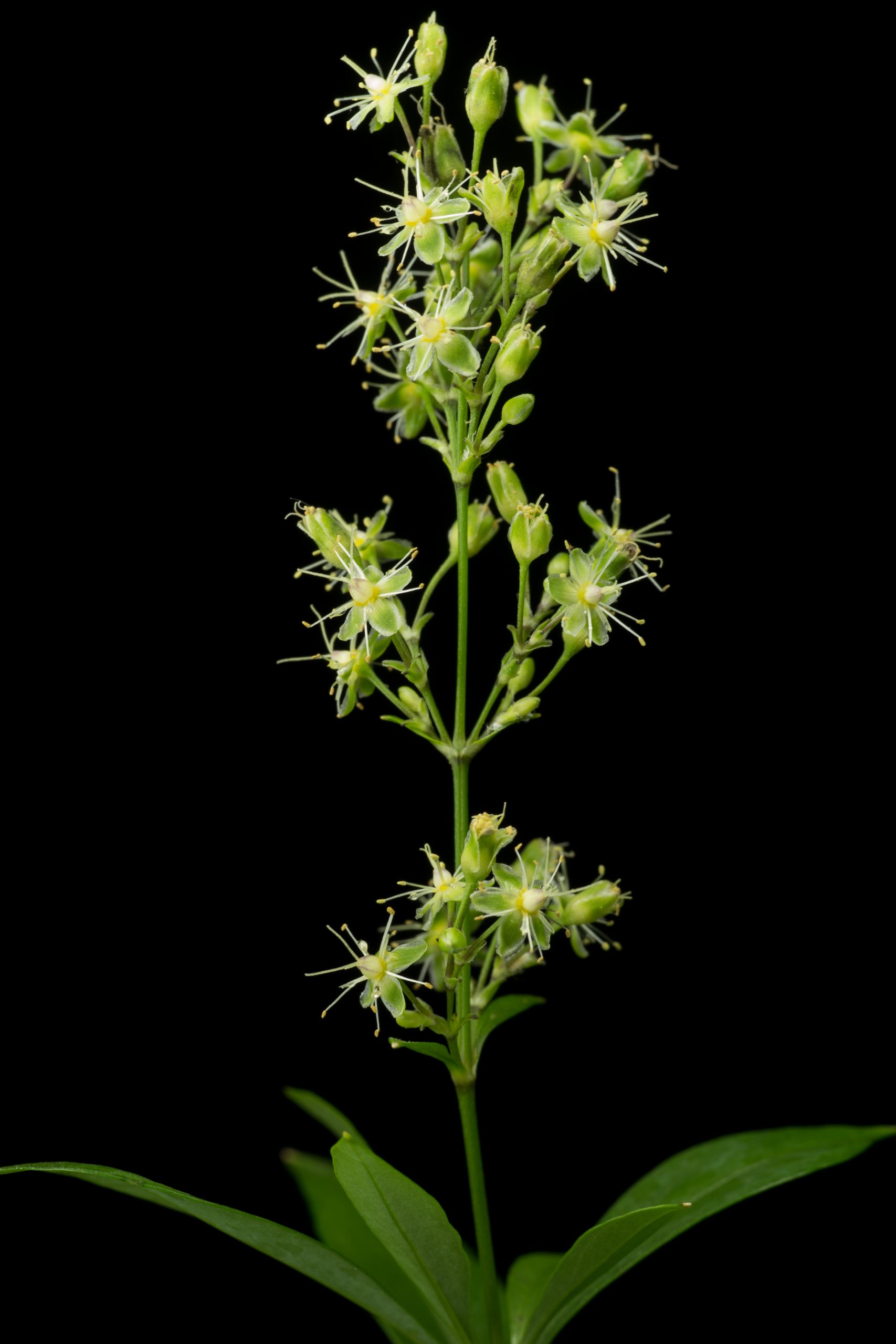
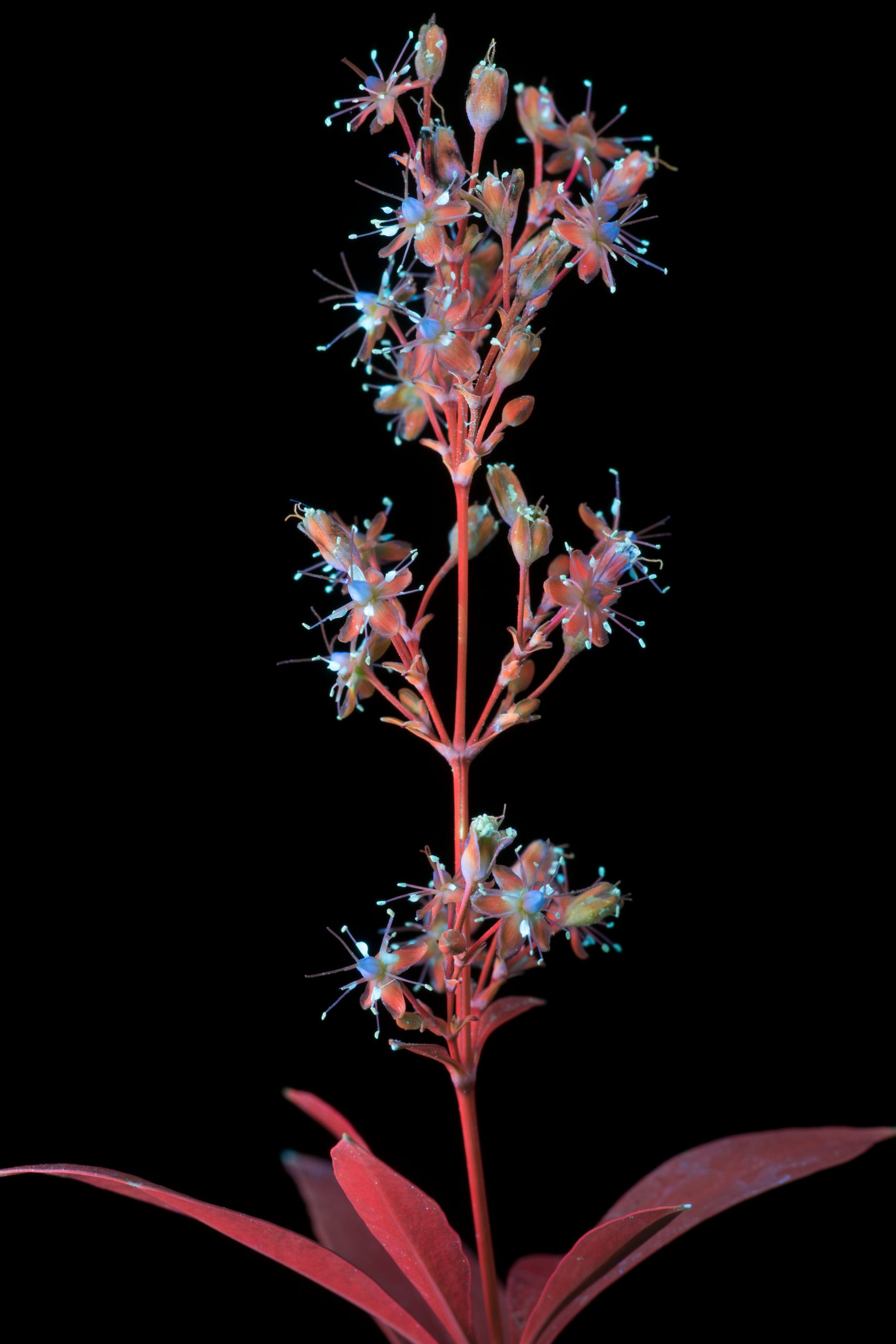
Diamond Head schiedea is a CPC Sponsored species. It was brought into Lyon’s Hawaiian Rare Plant Program over 20 years ago by a partner, like many of Lyon’s collections. In this case, staff from the Plant Extinction Prevention Program (PEPP, known at that time as the Hawaii Genetic Safety Net Program) brought seed from one of only two remaining sites. Because the collections were made decades ago, the Lyon collections hold valuable genetic diversity that is no longer present in the wild populations, which have dwindled to only a few dozen plants. The collections act as a safeguard against extinction, should anything happen to one or both of the wild populations. They also provide source material for propagation and restoration efforts carried out by Lyon’s partner organizations.
Timothy stresses that Lyon Arboretum program is focused on maintaining Diamond Head schiedea and its other National Collection species in ex situ collections, where their expertise lies — but they know that these collections are only a part of the solution. HRPP team members develop protocols for both maintenance and propagation, balancing the need to learn from the collections with the urgency of minimizing risk to this extremely valuable and limited plant material. They also face the challenge of planning for how and when to eventually withdraw plants from the collections for use in restoration or the regeneration of other collections. Lyon works with partners, especially PEPP and Hawaii’s Division of Forestry and Wildlife, to determine recollection and restoration needs.
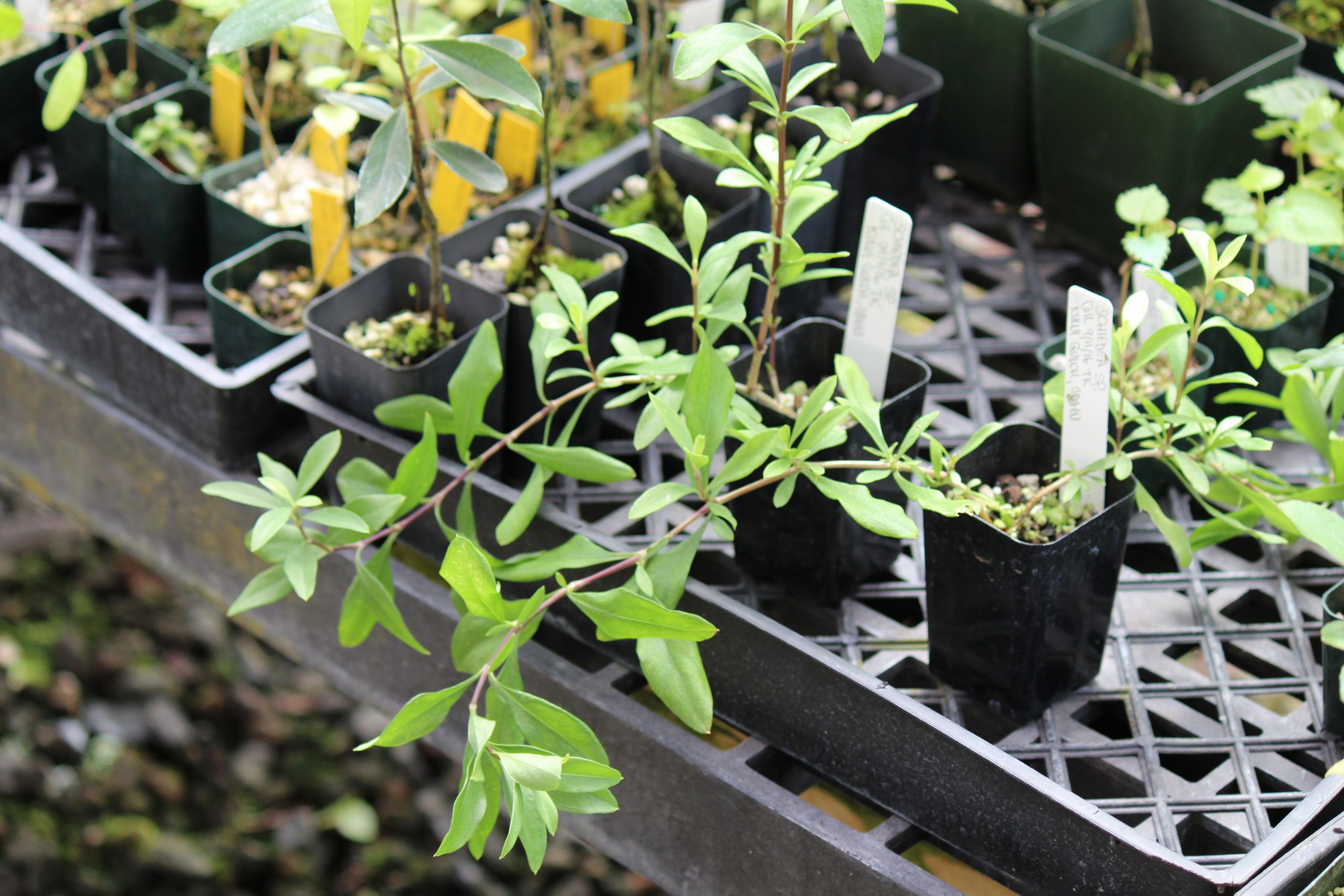

For some of these species, protected and managed habitat is simply not available to support reintroduction into the wild. And greenhouse space is limited. But there is another option for living plants – Lyon Arboretum has been expanding the use of its grounds to support rare Hawaiian plants. They are using the Arboretum to establish inter situ collections, collections that are maintained and managed outside of a species habitat. Baker’s loulu (Pritchardia bakeri), a National Collection species available for sponsorship, is a candidate for an inter situ collection. This species, one of the few palms native to Hawaii, is named for the late head groundskeeper of the Arboretum, Ray Baker. Lyon is working with PEPP to secure material from each of the remaining wild populations for conservation plantings on grounds. A sponsorship for Baker’s loulu would help the team carry out more collection trips, propagate plants in the greenhouse, and establish this important inter situ collection.
While that project develops, Timothy has plenty to do in the nursery, and so do the teams in the micropropagation lab, seed bank, and on the grounds. Maintaining National Collection species, sponsored and unsponsored, is a never-ending job in Hawai’i. Every little bit helps, and having even 16% of their National Collections species sponsored has helped Lyon ensure that more of Hawaii’s rare plants will be here in the future.
-
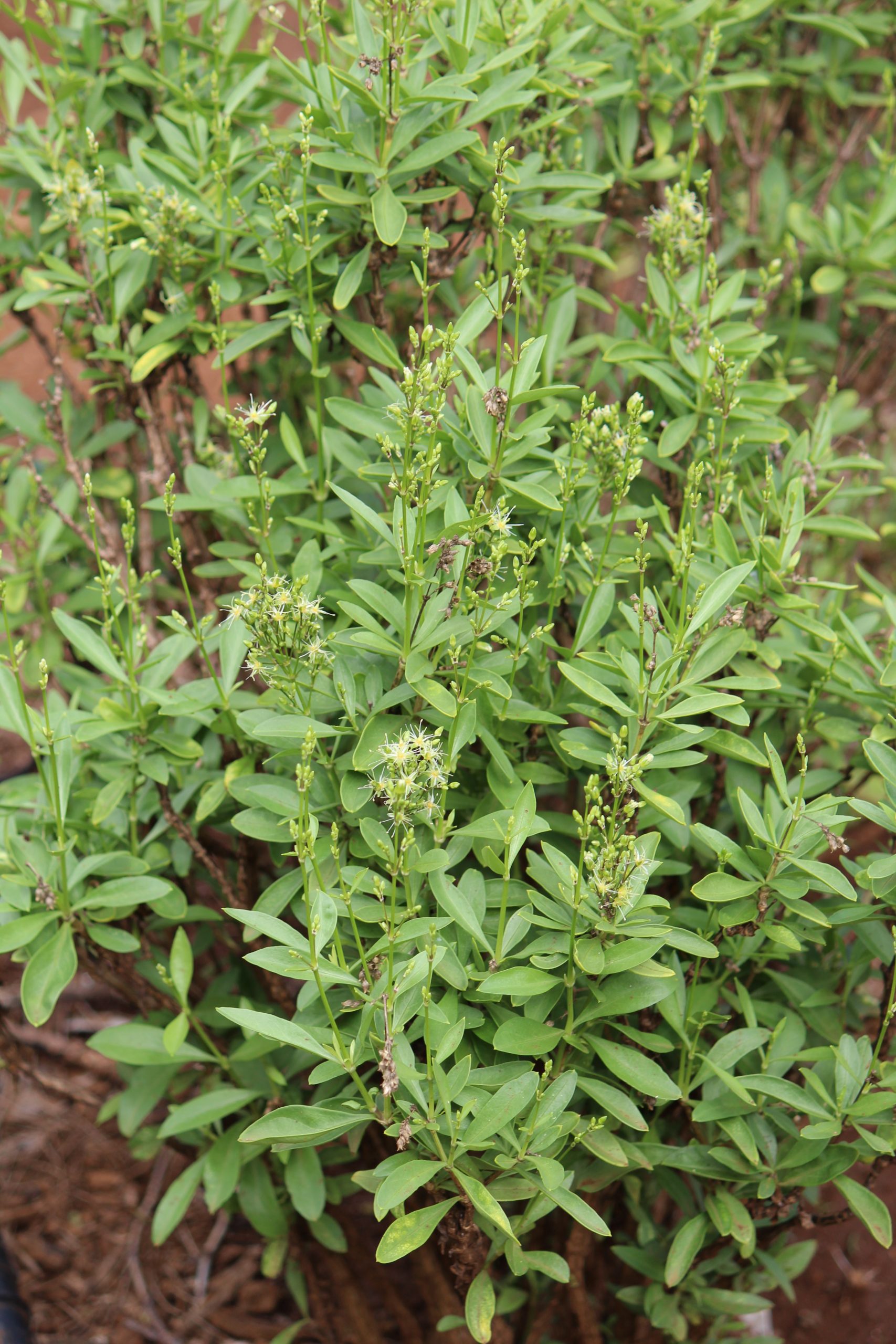
Diamond Head schiedea (Schiedea adamantis) was added to the Lyon HRPP ex-situ collection more than two decades ago (2001) through seed collection efforts by the Hawaii Genetic Safety Net Program, which is now known as the Plant Extinction Prevention Program. Photo by Timothy Kroessig, Lyon Arboretum. -

Lyon Arboretum's ex-situ collections act as a resource for propagation and restoration efforts carried out by our partner organizations who are activity working to restore these threatened species in protected habitats across the State of Hawaii. Learning to care for the species and getting them to flower and reproduce (like the Diamond Head schiedea here) is part of the care supported by sponsoship. Photo by Timothy Kroessig, Lyon Arboretum. -
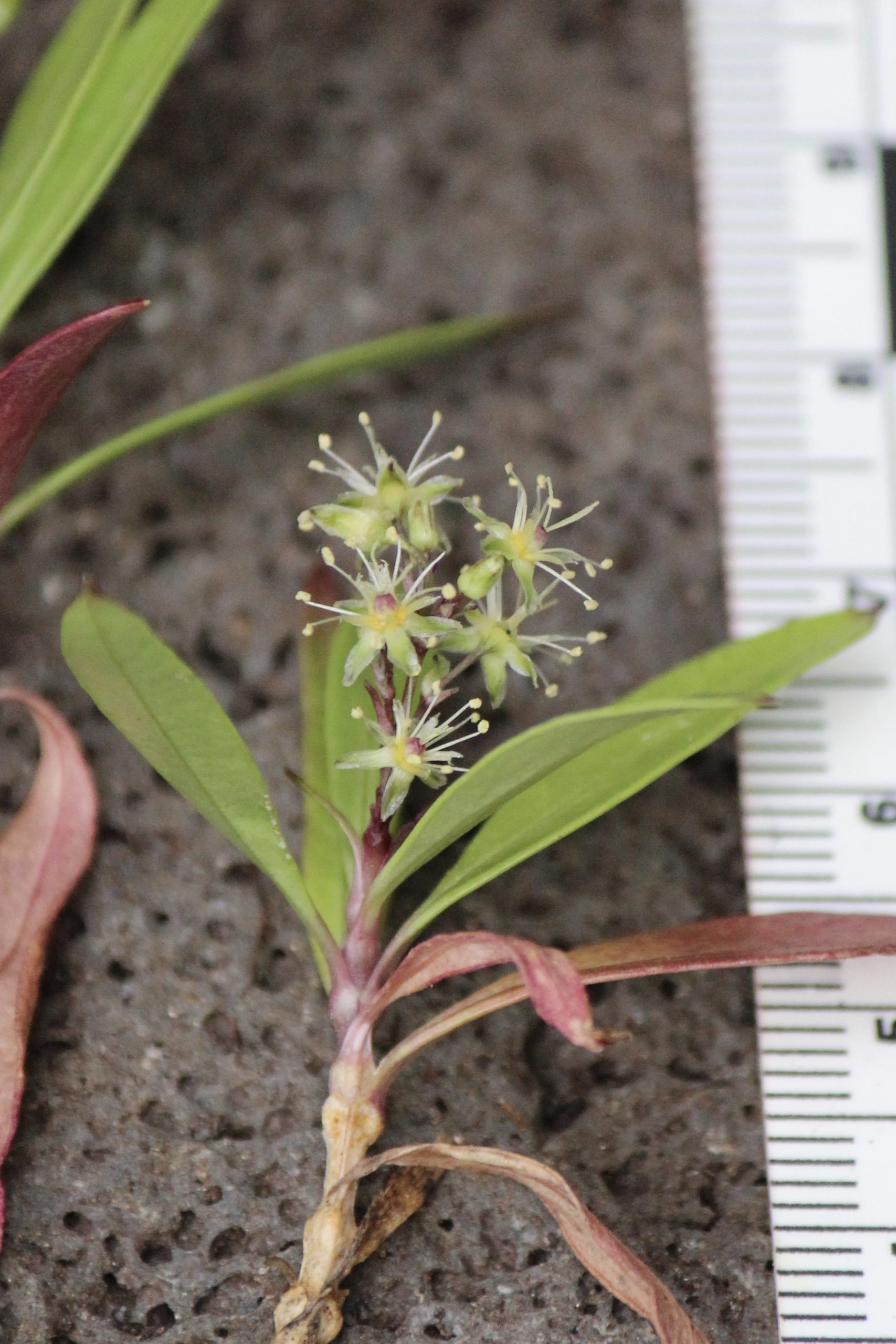
Close up view of Diamond Head schiedea (Schiedea adamantis). Photo by Timothy Kroessig, Lyon Arboretum. -
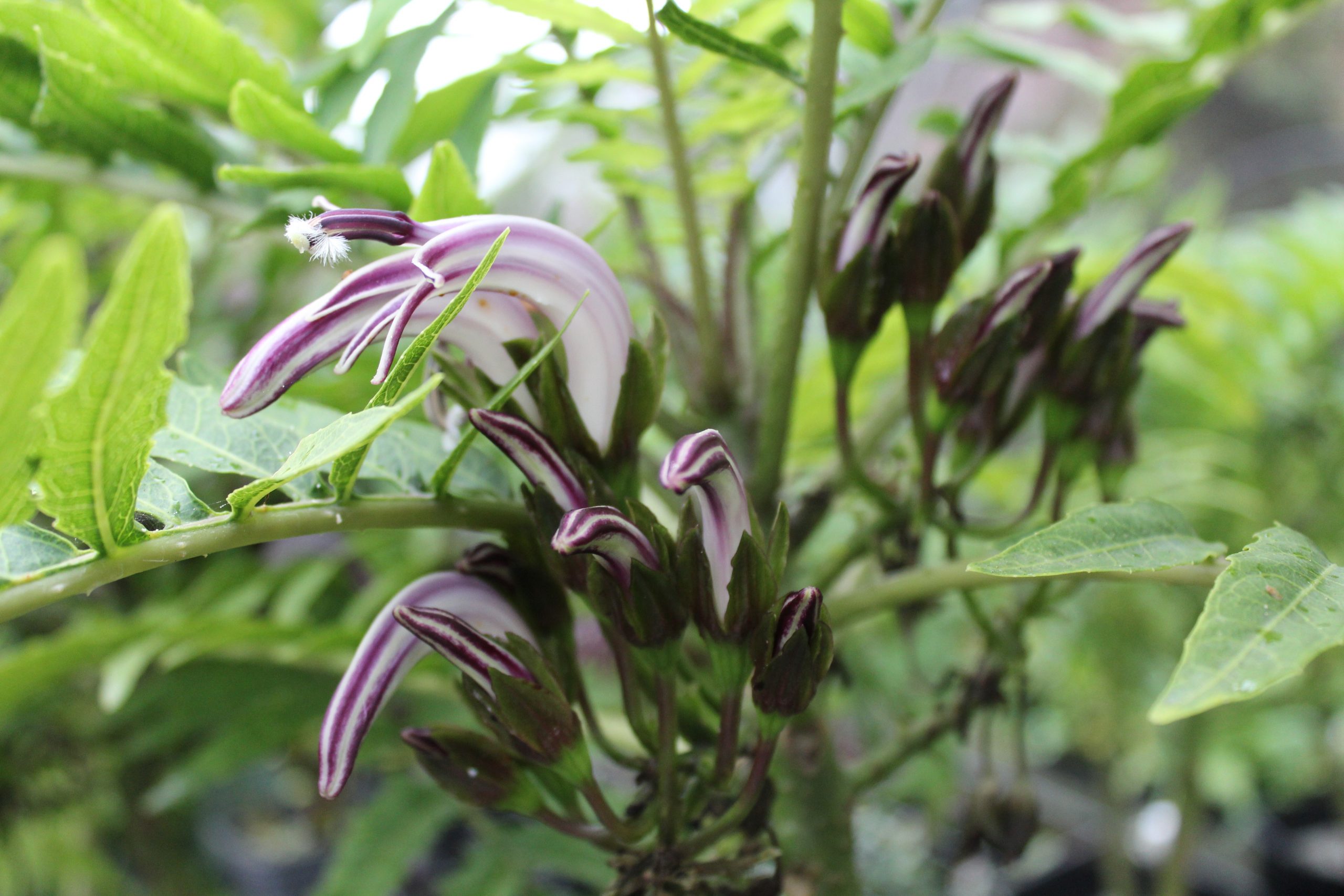
Flowering Cyanea grimesiana subsp. grimesiana in the nursery at Lyon Arboretum. -
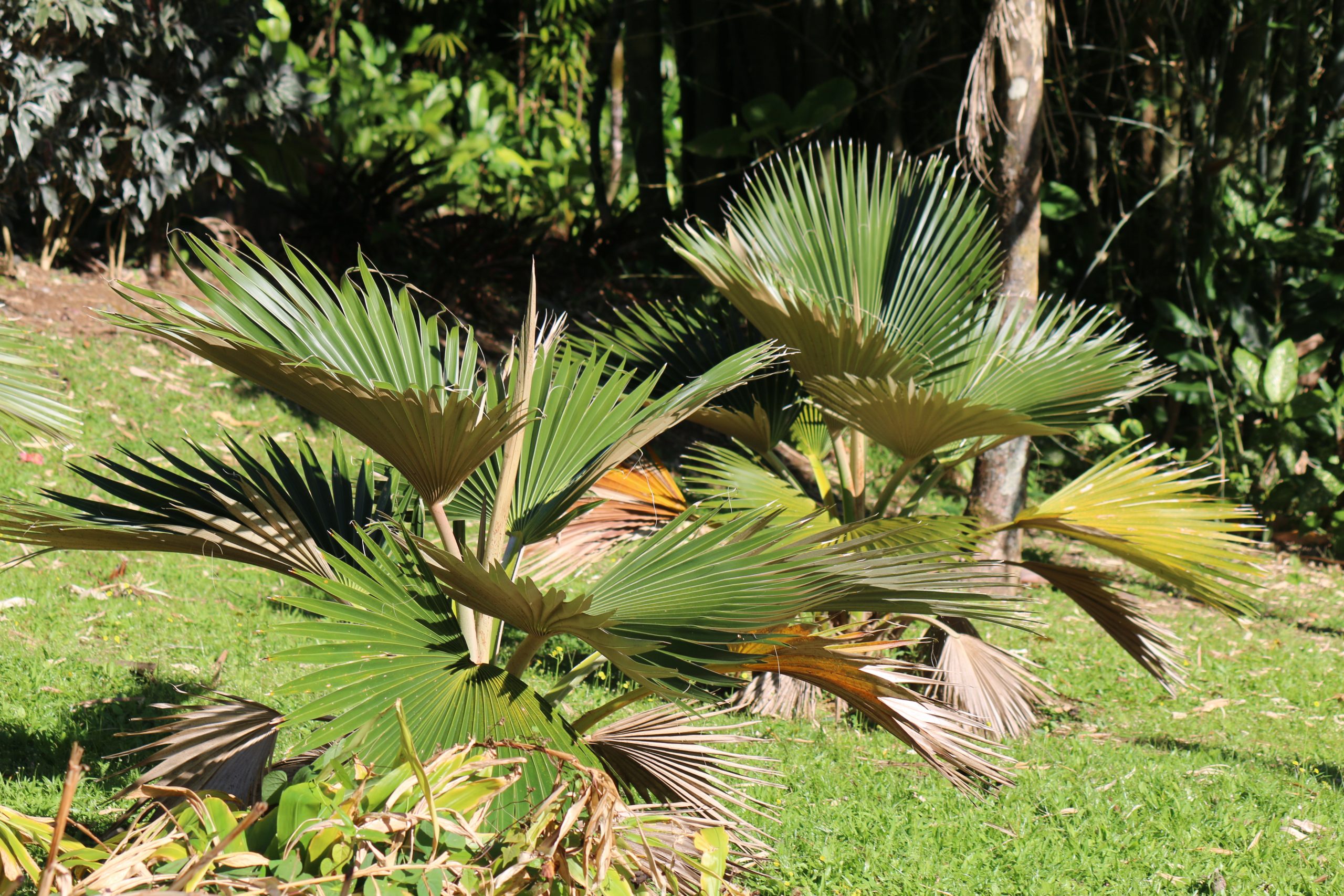
Pritchardia bakeri inter situ. Photo by Timothy Kroessig -
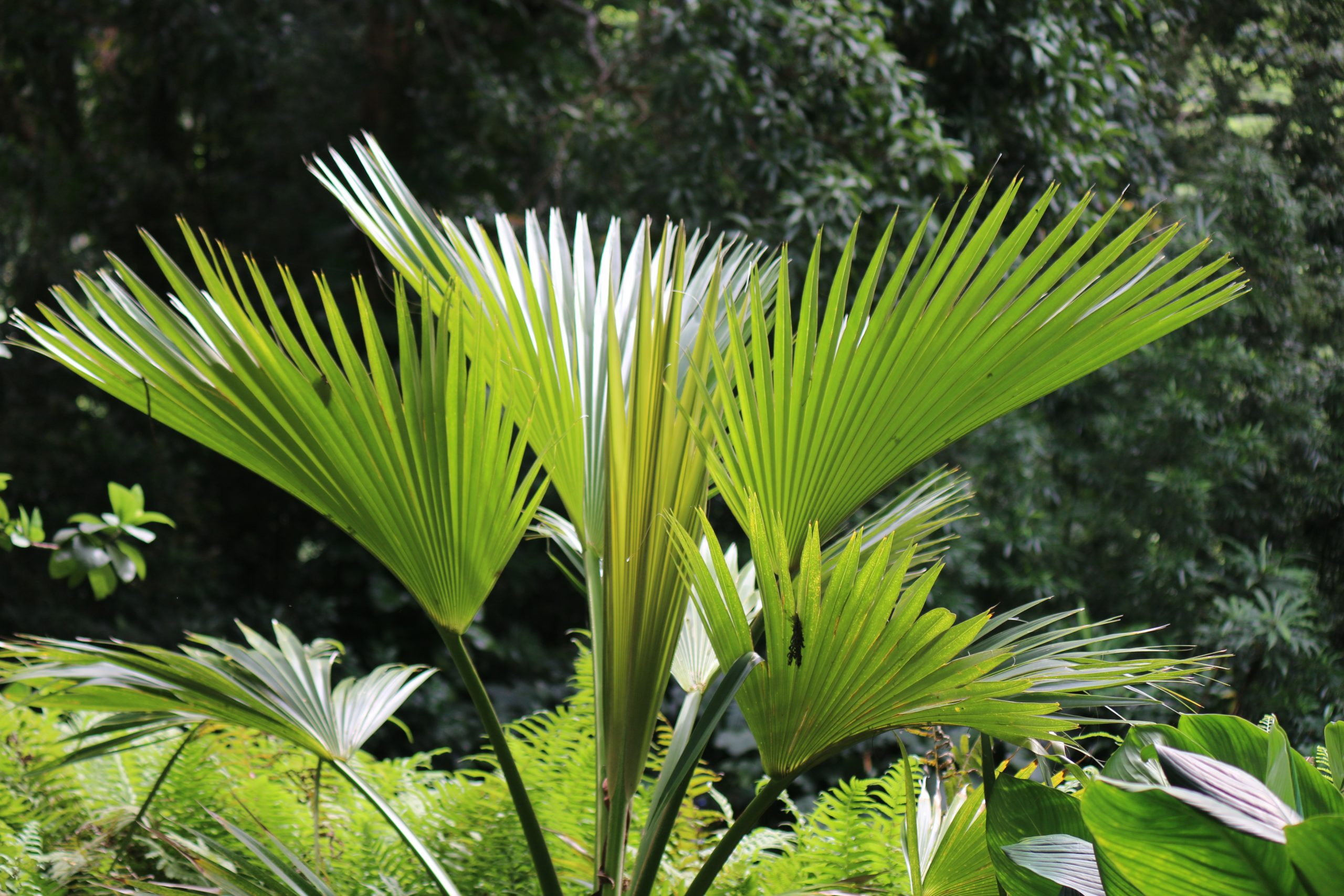
Pritchardia bakeri inter situ. Photo by Timothy Kroessig